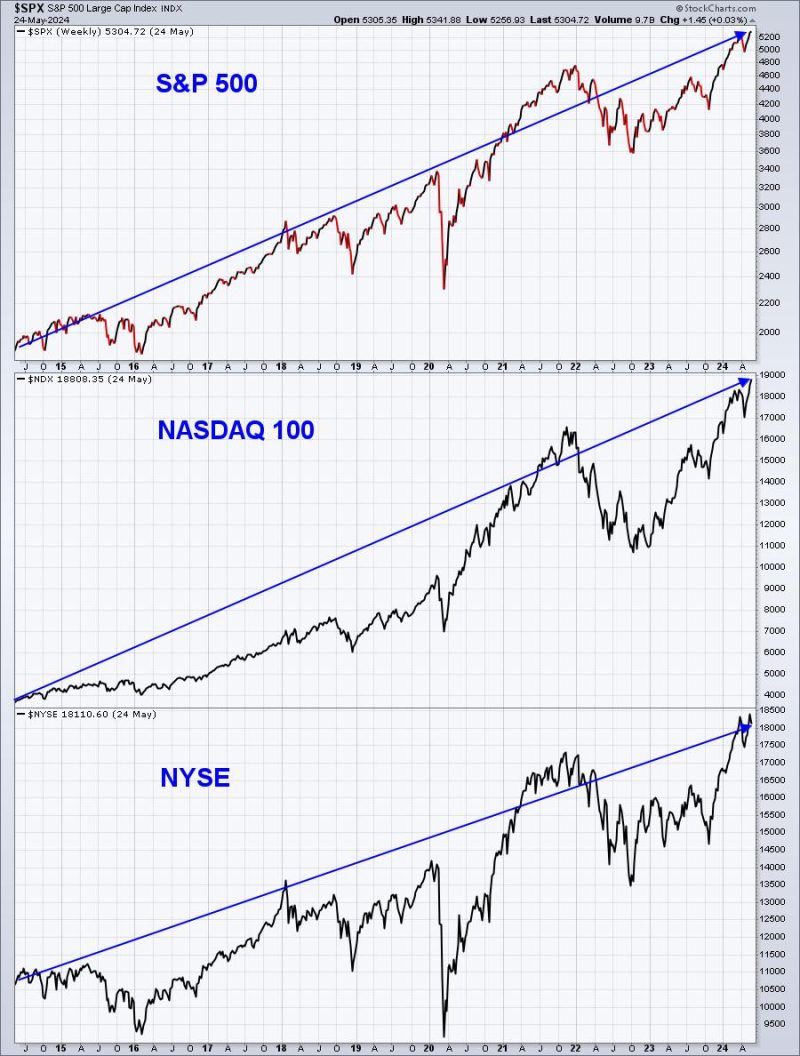A proficient trader requires a comprehensive strategy that reflects their risk tolerance level, trading objectives, and the market circumstances. Strategic steps can help to hone your trading skills, assist you in achieving your monetary goals and could even turn a novice into a seasoned trader. From understanding market dynamics to managing risks efficiently, there are four key steps that could potentially enhance your trading journey.
The first step to mastering the trading process is to comprehend the underlying market structure. The market structure, essentially, includes the different types of markets available for trading, and an understanding of the bidding process. The goal here is to familiarize yourself with the markets that can prove most profitable and align with your trading objectives. You need to analyze different market structures, including the stock, forex, crypto, or futures market, and then chart out a plan that best suits your strategy.
A trading plan is the blueprint that guides trading activities. It governs the decisions a trader makes, tailored according to their goals, risk tolerance, and trading horizon. An effective plan will include specific, measurable, and attainable goals. It will also have a strategy for entering and exiting trades, identifying optimal trade setups, and minimizing potential losses. Developing and sticking to a comprehensive trading plan can exponentially reduce your risk level while maximizing your profit potential.
Risk management is a pivotal element in trading development. Volatile market conditions, unexpected economic events, and sudden market shifts can all lead to potential losses. Therefore, managing risks comes center stage in any proficient trader’s strategy framework. Effective risk management techniques include setting stop-loss levels, maintaining a favorable risk-reward ratio, diversifying your portfolio, and not risking more than a certain percentage of your capital on a single trade. These risk mitigation strategies can act as a safety net, protecting your investment against unfavorable market movements.
Lastly, market analysis is the cornerstone of successful trading. The purpose of market analysis is to identify potential trading opportunities by analyzing market trends, price action, and market indicators. Whether it’s employing fundamental analysis, technical analysis, or a combination of both, market analysis can help predict future price trends, enabling you to make more informed trading decisions. Furthermore, it is crucial to stay aware of global market news affecting the markets you are trading in to adapt your strategies accordingly.
In essence, becoming a proficient trader involves a multi-faceted approach. Understanding the market structure, developing a trading plan, managing risks efficiently, and conducting thorough market analysis are four steps to achieving this proficiency. It requires patience, determination, and a disciplined approach. By honing these strategies, you can work towards realizing your trading goals and adapting to market fluctuations with enhanced agility.
Keep in mind that trading is not a get-rich-quick scheme. It requires time and effort to master the process. But with the right steps and strategies, success is attainable.
